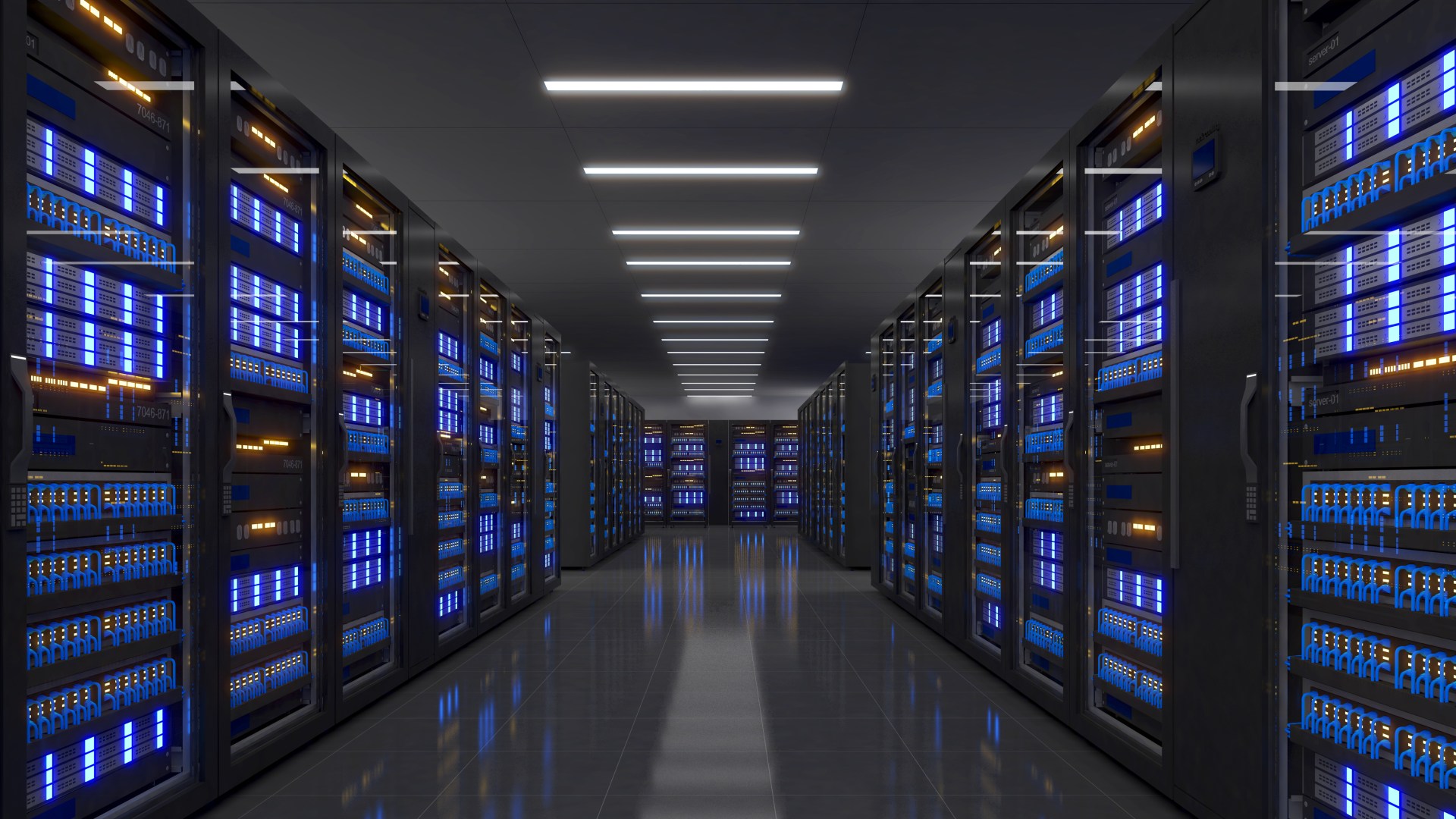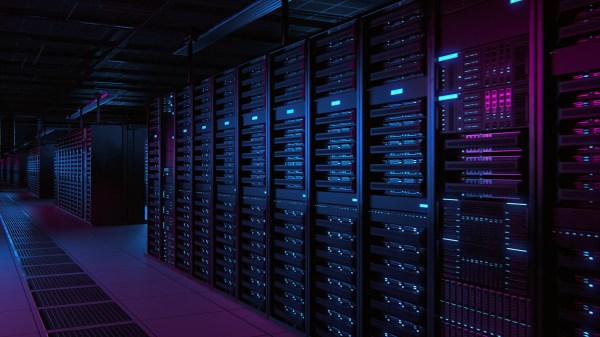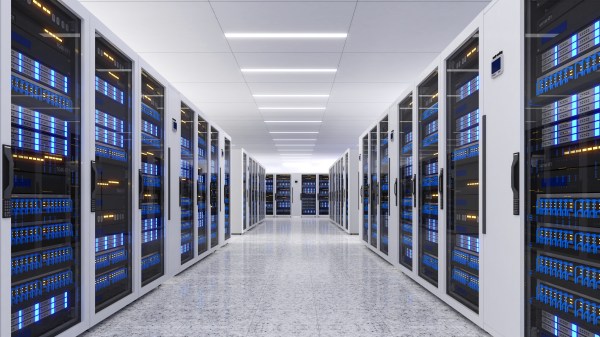Data center technologies play a key role in all aspects of human life. Here is a brief overview of their historical development, current state, and possible future.
Historical overview
The earliest data centers were developed in the mid-20th century alongside the computing technologies they were designed to house. Early data centers had very basic infrastructure but were a safe place to put the huge mainframe computers of the time. They were developed and used for scientific and military applications. Civilian applications were a long way off.
The beginnings of the modern data center
The modern IT industry began to emerge in the 1970s and grew apace in the 1980s. As technology progressed so too did the data center technologies of the time. Mainframes kept their place in these facilities. They were, however, joined by other types of computing systems. Likewise, the main use of these data centers remained scientific and military research. They were, however, becoming of growing interest to the commercial sector.
Key milestones and technological developments
Over the course of the 1990s, the World Wide Web grew from a niche academic project to a commercial phenomenon. As it did so, data centers evolved to cater to the demands of website hosting. This required improved connectivity and, hence, the implementation and integration of new networking technologies. It therefore laid the groundwork for today’s interconnected digital landscape.
From on-premises to the cloud
At the start of the 21st century, the term “data centers” was synonymous with on-premises infrastructure. In the mid-2000s, however, Amazon and Google launched public cloud services. Microsoft followed in 2010. This prompted a reassessment of how organizations and individuals used networks and, in particular, the internet. It therefore prompted a reassessment of data center technologies and strategies.
Current state of data center technology
Modern data center architectures are characterized by a shift towards flexibility, scalability, and efficiency. Components such as servers, storage arrays, and networking equipment are integrated into modular designs that facilitate seamless scalability. The rise of cloud-native principles has transformed the traditional static infrastructure into a more agile and adaptable environment.
Here are 7 of the key technologies that are integral to current data center operations.
Server virtualization: Server virtualization enables the creation of multiple virtual machines on a single physical server. This optimizes resource utilization, enhances flexibility, and facilitates efficient workload management.
Edge computing: Edge computing decentralizes data processing to the periphery of the network, closer to end-users and devices. This minimizes latency and hence enhances the performance of real-time applications and services.
Hybrid cloud: Hybrid cloud models allow organizations to integrate on-premises infrastructure with public and private cloud services. This approach offers a balance between the flexibility of the cloud and the control of on-premises solutions.
Automation: Automation has become integral to data center operations, streamlining routine tasks, reducing manual errors, and enhancing overall efficiency. Automated workflows enable rapid provisioning, scaling, and management of resources.
Intelligent monitoring: Leveraging AI, intelligent monitoring systems provide predictive insights, enabling proactive issue resolution and preventing potential disruptions. These systems contribute to the reliability and performance optimization of data center infrastructure.
5G: The advent of 5G technology has significant implications for data centers. In particular, it drives increased data traffic and demands ever-higher processing speeds.
Chip-level security: Chip-level security measures, including hardware-based encryption, are now crucial for safeguarding sensitive data.
Future trends and anticipated advancements
Here are five trends and anticipated advancements that look set to shape the future of data centers going into the mid-2020s and beyond.
Modular data centers: Modular data centers are, essentially, small-scale data centers that can be linked together if required. They are generally pre-fabricated and effectively “dragged and dropped” into place. Modular data centers offer a much more flexible and resilient solution than traditional data center facilities.
Hyper-scalability: Scalability refers to the ability to adjust the use of resources in response to changing workload requirements. It is already a key requirement of modern data centers. As the use of data-centric applications continues to grow, so the demand for scalability will continue to grow. This means that, going forward, data centers will need to be not just scalable but hyper-scalable.
Orchestration: As the use of automated tools continues to grow, so will the demand for robust but sophisticated orchestration to get the most value from them.
Remote work: While fully-remote work may not (yet) have taken off as a mainstream concept, hybrid work appears to be here to stay. Data centers will therefore need to ensure that their infrastructure can protect workers no matter where they are.
Green technology: Data centers are already under strong pressure to minimize their use of resources, particularly energy and water. They will continue to look at all possible means of achieving ever-higher sustainability goals.







